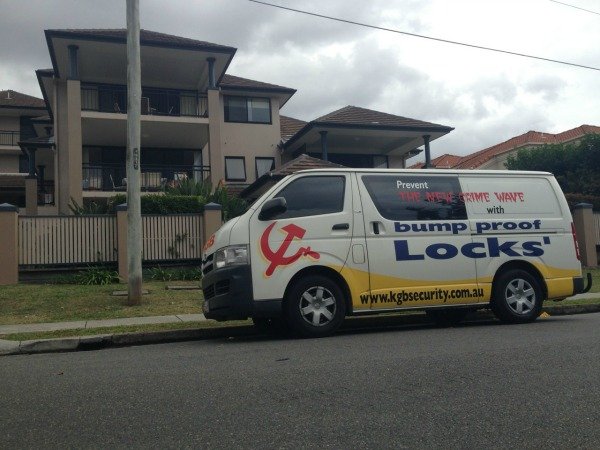I opened my first safe in 1978, well I was technically an assistant safecracker. Things have come a long way since then as we now use some very cool gadgets to help open all types of safes. Most modern safes use digital locks and our most common safety problem is either a flat battery or dud batteries. Last month I did a safe opening in Brisbane City, it was a CMI commerce and the person who had the code left abruptly. Opening a safe where the code is lost can be a tricky experience. Primarily safes are designed to keep people out. Most modern (good quality) safes have “hard plate” or glass relocking devices. If a criminal or unskilled person attempts to open a safe it can make the job even harder. It always best to let the experts do it.
Safecracking needs to be done in such a way that the safe is as good as it was before it was cracked. Sometimes I see safes that have been opened and the person uses plastic putty to do the repair. If we have to drill a safe open we will fill the hole with a much harder material. Many safe openings result from a lack of maintenance. Safes are like any other mechanical device and need to be serviced. Digital locks have definitely reduced the amount of service we do. However, considering the consequences of servicing a safe every 2 or 3 years makes economic sense.
Spin combination locks used to be vogue however they only make up 1 or 2 percent of our new safe sales. Digital locks are both far more convenient and reliable than spin dial combination locks. That said Bunnings safes and many other cheap safes use extremely low-grade digital locks. These cheap locks are notoriously unreliable and easy to bypass. YouTube has many videos of people cracking cheap safe locks. I can’t stress enough that if you need a safe do some research. You will soon find that cheap safes are no match for most criminals.


